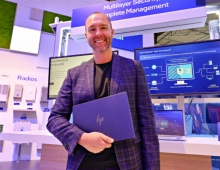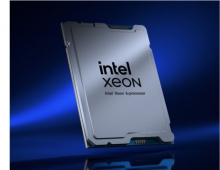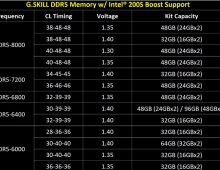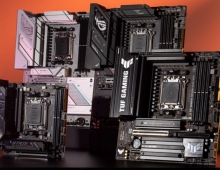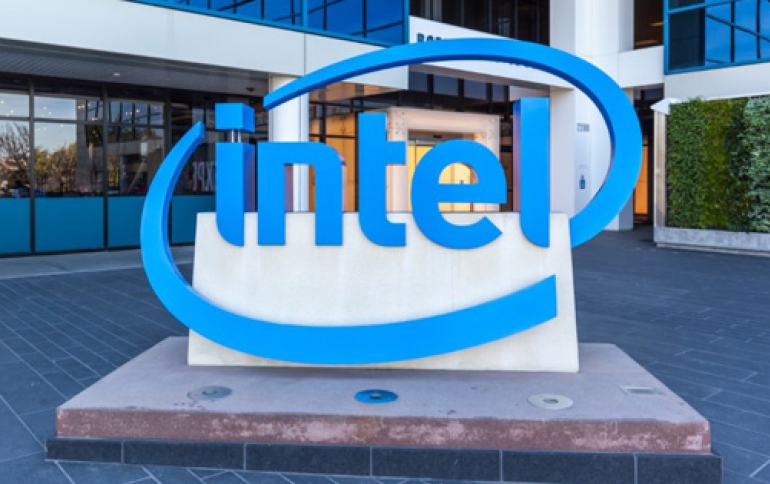
Brian Krzanich Outlines Intel's Future Strategy
Intel CEO shared how Intel is making changes to accelerate its transformation by aligning every segment of its business. Intel's new strategy is about transforming Intel from a PC company to a company that powers the cloud and smart, connected computing devices.
There are five core beliefs that Krzanich holds to be true for the future.
- The cloud is the most important trend shaping the future of the smart, connected world - and thus Intel’s future.
The many "things" that make up the PC Client business and the Internet of Things are made much more valuable by their connection to the cloud. - Memory and programmable solutions such as FPGAs will deliver entirely new classes of products for the data center and the Internet of Things.
- 5G will become the key technology for access to the cloud and as we move toward an always-connected world.
- Moore’s Law will continue to progress and Intel will continue to lead in delivering its true economic impact.
Intel's strategy is based on these premises, and the assets that Intel brings to them. There is a clear virtuous cycle here – the cloud and data center, the Internet of Things, memory and FPGAs are all bound together by connectivity and enhanced by the economics of Moore’s Law.
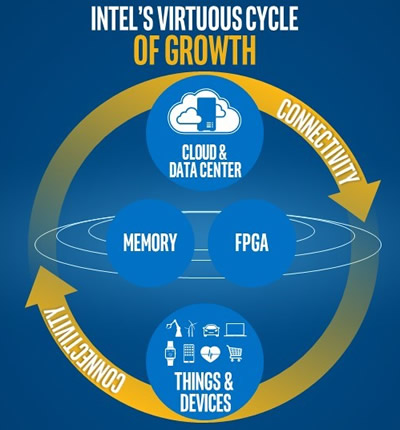
This virtuous cycle fuels Intel's business, and the company is aligning every segment of its business to it.
First is the cloud and data center. Virtualization and software are increasingly defining infrastructure in the cloud and data center, which plays to our strengths - Intel will drive more and more of the footprint of the data center to Intel architecture. However, Krzanich says that there is much more value to unlock from the cloud and data center, and analytics is the key to that. Intel will accelerate the power and value of analytics by continuing to invest in high-performance computing, big data and machine learning capabilities.
Second is the many variations of connected things. "Things" range from PCs to what we now call the Internet of Things. The Internet of Things encompasses all smart devices - every device, sensor, console and any other client device - that are connected to the cloud. The key phrase here is "connected to the cloud"” It means that everything that a "thing" does can be captured as a piece of data, measured real-time, and is accessible from anywhere. And the biggest opportunity in the Internet of Things is that it encompasses just about everything in our lives today- it’s ubiquitous. For most areas of industry and retail - from our shoes and clothes to our homes and cars- the Internet of Things is transforming everything and every experience. Intel will focus on autonomous vehicles, industrial and retail as its primary growth drivers of the Internet of Things. Similarly, the company views its core Client business of PCs and mobile as among the many variations of connected things, which is driving Intel's strategy of differentiation and segmentation in the Internet of Things business.
Third is memory and programmable solutions. Rack Scale Architecture, 3D XPoint memory, FPGAs and silicon photonics are just a few examples of technologies that have been in development for several years at Intel and that Intel will bring to production soon. Over the next few years, Intel promises to bring many more innovations and products to the cloud and data center infrastructure - revolutionizing the performance and architecture of the data center.
Fourth is connectivity. Threading all of this virtuous cycle together is connectivity - the fact that providing computing power to a device and connecting it to the cloud makes it more valuable. An example is an autonomous vehicle. It must have connectivity to the cloud, and the cloud must have machine learning capabilities to constantly be guided by the most up-to-date algorithms and data sets that allow the vehicle to operate safely. In this way, connectivity is fundamental to every one of the cloud-to-thing segments Intel will drive. As the world moves to 5G, Intel will lead because of its technological strength to deliver end-to-end 5G systems, from modems to base stations to all the various forms of connectivity that exist today and will exist tomorrow.
Fifth is Moore’s Law. Moore’s Law is fundamentally a law of economics, and Intel will confidently continue to harness its value. The law says that we can shrink transistor dimensions by roughly 50% at a roughly fixed cost, thus driving twice the transistors for the same cost (or the same number of transistors for half the cost). Intel’s leadership in Moore’s Law has driven the products delivering massive computing power growth and increasingly better economics and pricing. As Intel progresses from 14 nanometer technology to 10 nanometer and plans for 7 nanometer and 5 nanometer and even beyond, the company's plans are proof that Moore’s Law is alive and well. "Intel’s industry leadership of Moore’s Law remains intact, and you will see continued investment in capacity and R&D to ensure so," Krzanich said.


